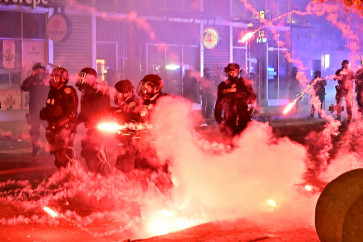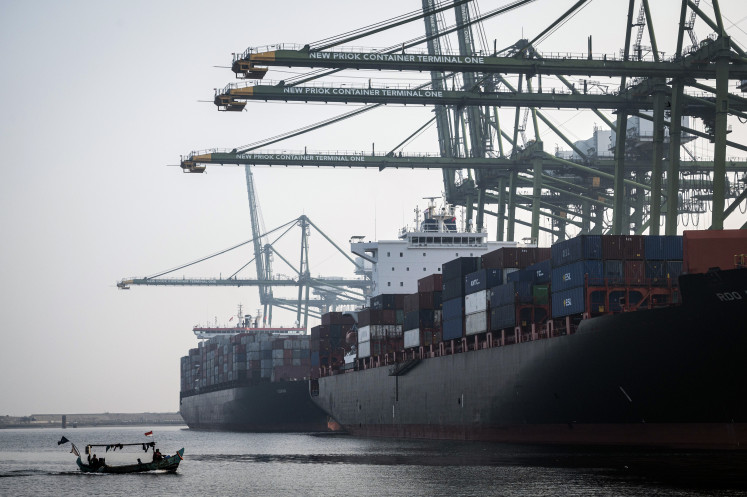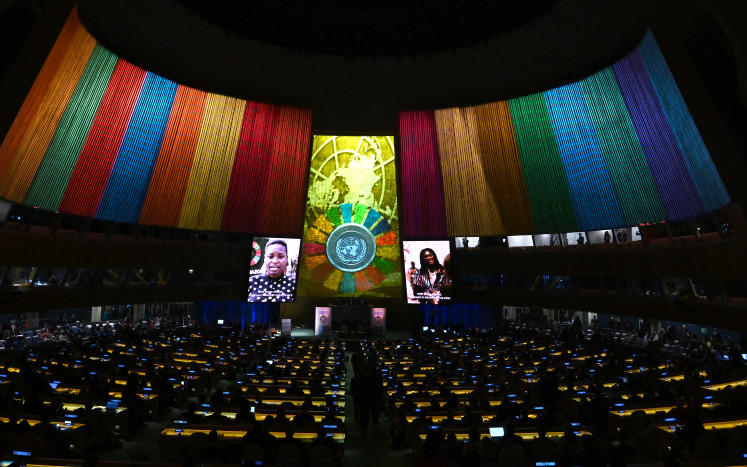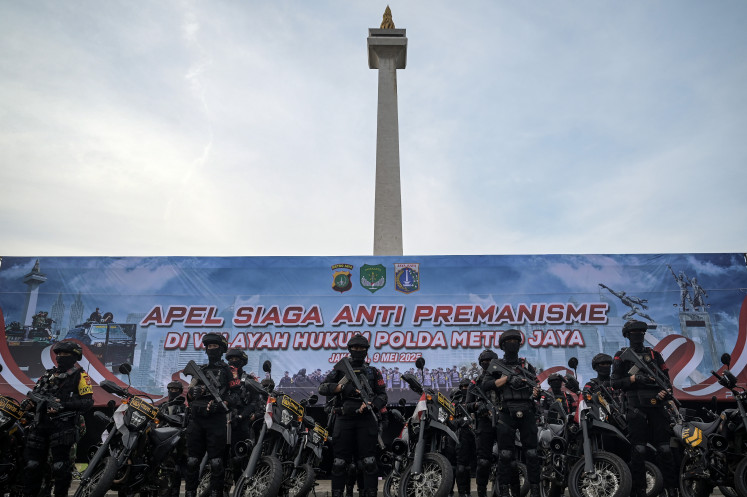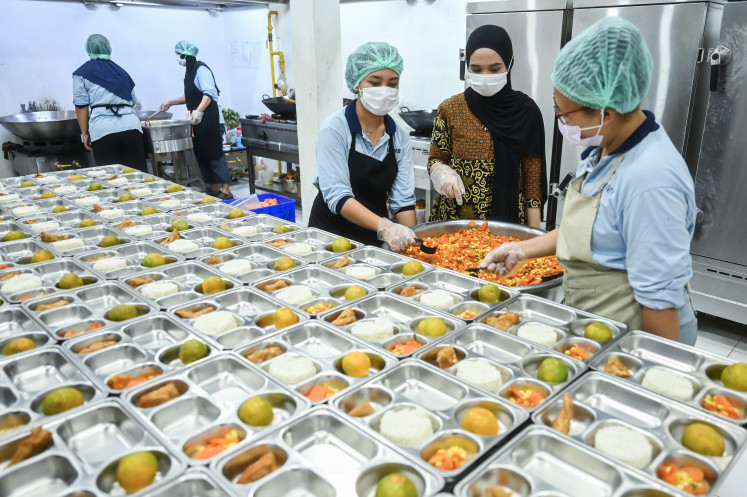Popular Reads
Top Results
Can't find what you're looking for?
View all search resultsPopular Reads
Top Results
Can't find what you're looking for?
View all search resultsEDITORIAL: Trouble in the air
Air traffic controllers, especially at the country’s biggest airhub, Soekarno-Hatta International Airport, are struggling to cope with the rapid expansion of air travel.
Change text size
Gift Premium Articles
to Anyone
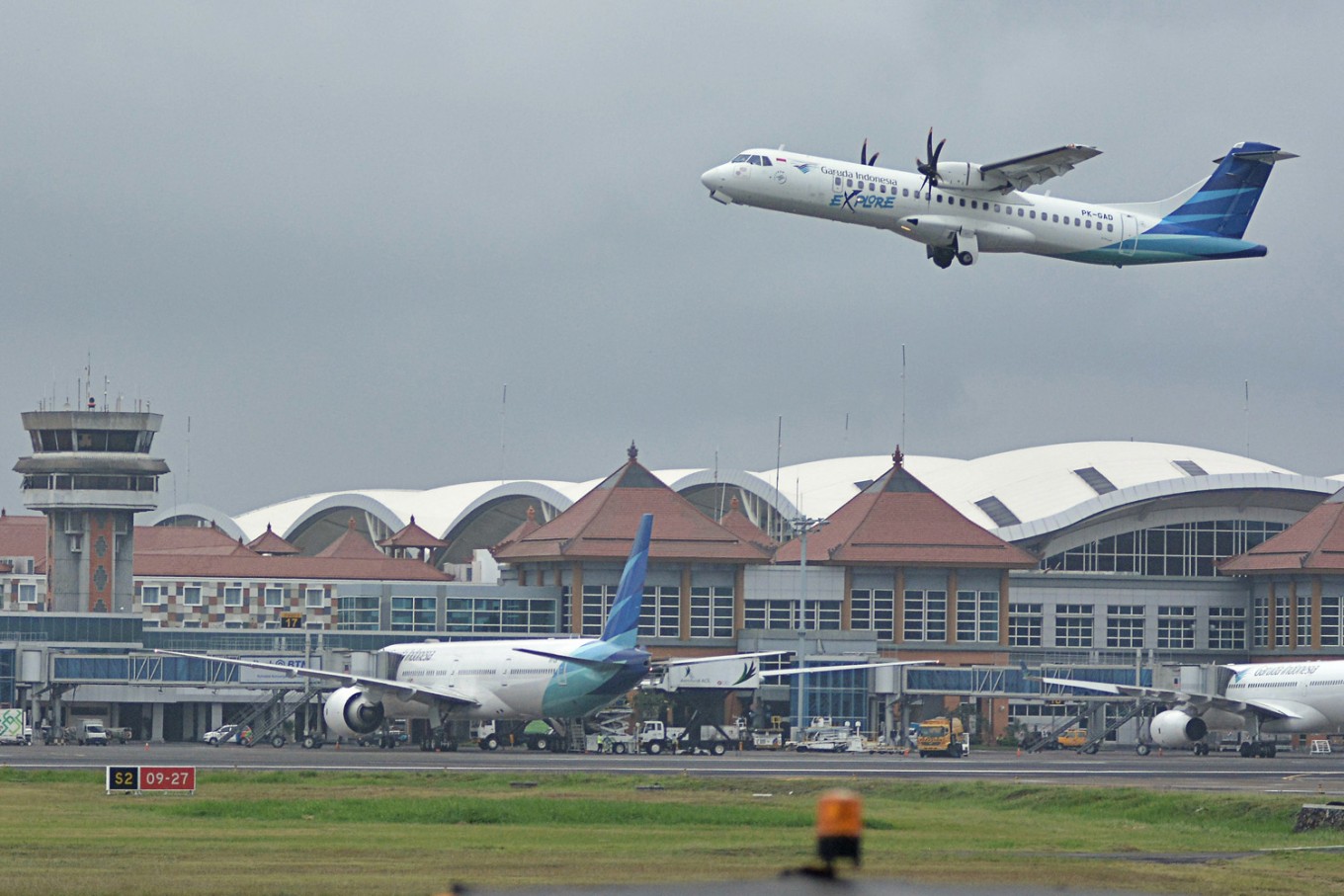 A Garuda Indonesia aircraft takes off from I Gusti Ngurah Rai International Airport in Bali on June 13. (Antara/Fikri Yusuf)
A Garuda Indonesia aircraft takes off from I Gusti Ngurah Rai International Airport in Bali on June 13. (Antara/Fikri Yusuf)
A
ll this time, we have been thinking that Indonesia’s abysmal air safety record resulted mostly from domestic airlines’ penchant for cutting corners and flouting regulations in search of a shortcut to profitability. After all, a survey conducted in 2016 on 407 airlines around the world found that nine of the 10 worst-performing airlines were from Indonesia. No wonder some of our airlines were barred from flying to Europe and North America.
Earlier this week, we heard another reason to be fearful of flying in this country in a shocking revelation by the Indonesian Air Traffic Controllers Association (IATCA). The organization claimed that air traffic controllers, especially at the country’s biggest airhub, Soekarno-Hatta International Airport, are struggling to cope with the rapid expansion of air travel.
In a press statement the IATCA said that a decision by state-run air navigation company AirNav to allow 84 take-offs and landings per hour at the airport could lead to more accidents. It claimed that AirNav’s decision violated a ministerial regulation that caps the use of the airport’s runways at 74 aircraft per hour, plus four irregular flights in cases of emergency.
That claim is not without merit. In recent months, we have heard reports of near collisions on the tarmac and in the air above the airport. AirNav itself has confirmed that two aircraft came close to colliding with each other on the runway of Soekarno-Hatta on June 18. Last year, two Lion Air planes at the airport collided on the ground, fortunately causing material damage only.
An air traffic controller’s job is recognized as one of the most stressful occupations, as it requires total concentration and errors can have grave consequences. The procedure at the Soekarno-Hatta airport is that air traffic controllers work for a maximum of two hours before taking a two-hour break. Considering this, we should give credence to the IATCA’s claim that they cannot deal with more flights and that the greater workload could mean that they have to compromise on some of the safety procedures. The IATCA also made a damning accusation that more flights were added to their schedule only to accommodate demands from airlines that had directly proposed their flight plans to AirNav.
Responding to that complaint, AirNav insists that no regulations had been breached in its decision to allow for more take-offs and landings and that the increase was to accommodate rising demand on the back of a growing economy and tourism.
This back-and-forth has exposed problems affecting our air navigation system and as air travelers we will have to deal with the consequences. AirNav should immediately find a solution for a problem that could likely be solved by better human resource management.
The AirNav said it had invested Rp 2.2 trillion last year and Rp 2.1 trillion this year to buy new technology to better monitor aircraft movement. Maybe it is time to invest more in human resources.



